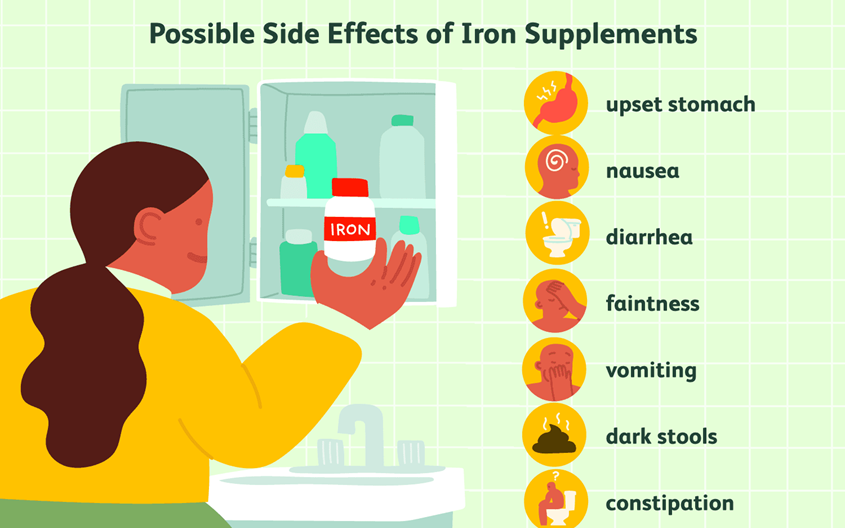A nurse is caring for an older adult client who has heart failure. Which of the following findings should the nurse report to the provider?
Chest x-ray showing cardiomegaly
PaCO2 55 mmHg
Potassium level 4.5 mEq/L
Urinary output of 1,000 mL in 12 hr
The Correct Answer is B
Choice A reason: Chest x-ray showing cardiomegaly is not a new finding for the client who has heart failure, as it indicates enlargement of the heart due to increased workload and pressure on the cardiac chambers.
Choice B reason: PaCO2 55 mmHg is an abnormal finding for the client who has heart failure, as it indicates respiratory acidosis, which is a condition where the lungs cannot eliminate enough carbon dioxide and the blood becomes too acidic. This can be caused by pulmonary edema, which is a complication of heart failure that impairs gas exchange and ventilation.
Choice C reason: Potassium level 4.5 mEq/L is a normal finding for the client who has heart failure, as it indicates adequate electrolyte balance and renal function.
Choice D reason: Urinary output of 1,000 mL in 12 hr is a normal finding for the client who has heart failure, as it indicates adequate fluid status and cardiac output.
Nursing Test Bank
Naxlex Comprehensive Predictor Exams
Related Questions
Correct Answer is C
Explanation
Choice a is not correct because providing an alcohol-based mouthwash is an action that the nurse should avoid when caring for a client who has stomatitis. Alcohol can dry and irritate the oral mucosa and worsen the condition.
Choice b is not correct because minimizing the use of gravies and sauces is not an action that the nurse should take to help manage stomatitis. Gravies and sauces can help moisten dry foods and make them easier to swallow for a client who has stomatitis.
Choice d is not correct because discouraging drinking with a straw is not an action that the nurse should take to help manage stomatitis. Drinking with a straw can help prevent contact between fluids and sore areas of the mouth and reduce pain for a client who has stomatitis.
Correct Answer is C
Explanation
Choice A: This is incorrect because taking iron supplement with an antacid can reduce its absorption and effectiveness. The client should take iron supplement on an empty stomach or with a source of vitamin C to enhance its absorption.
Choice B: This is incorrect because drinking liquid iron supplement undiluted can stain the teeth and cause irritation to the mouth and throat. The client should dilute liquid iron supplement with water or juice and drink it through a straw.
Choice C: This is correct because increasing fiber intake while taking iron supplement can help prevent constipation, which is a common side effect of iron supplementation. The client should also drink plenty of fluids and exercise regularly to promote bowel movements.
Choice D: This is incorrect because notifying the doctor if stools turn black is not necessary as it is a normal and harmless effect of iron supplementation. The client should only notify the doctor if stools are tarry, bloody, or have a foul odor, which can indicate gastrointestinal bleeding.

Whether you are a student looking to ace your exams or a practicing nurse seeking to enhance your expertise , our nursing education contents will empower you with the confidence and competence to make a difference in the lives of patients and become a respected leader in the healthcare field.
Visit Naxlex, invest in your future and unlock endless possibilities with our unparalleled nursing education contents today
Report Wrong Answer on the Current Question
Do you disagree with the answer? If yes, what is your expected answer? Explain.
Kindly be descriptive with the issue you are facing.
